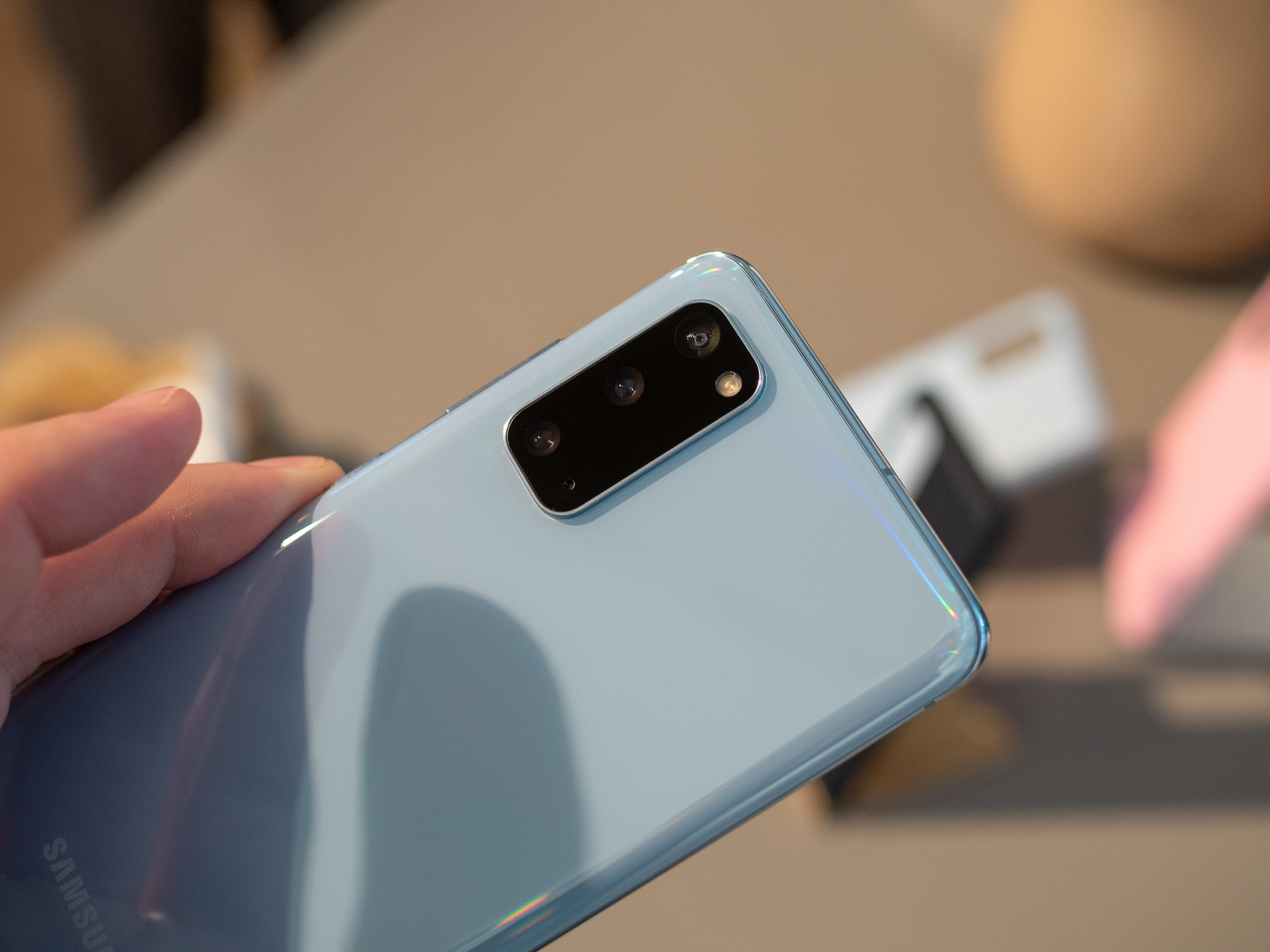Samsung probably isn't going to bring the time-of-flight sensor back

What you need to know
- Samsung reportedly won't bring its own time-of-flight sensor back to its flagship devices.
- Apple will continue to use its LiDAR Scanner in future iPhones.
Samsung's next flagship device, the Galaxy S22 lineup, won't have a time-of-flight (ToF) sensor, according to a new report. This comes as Apple continues to offer the similar LiDAR Scanner on its own high-end iPhones, including the current iPhone 12 Pro. It's also one of the reasons iPhone 12 Pro Max is the best iPhone for photographers, too.
According to a new ETNews report, Samsung has decided against bringing the ToF sensor back to its flagship phones after initially ditching it when launching its Galaxy Note 20 and Galaxy S21 handsets.
According to the industry on Sunday, it has been reported that Samsung Electronics has decided not to integrate the technology into the 'Galaxy S22' that is expected to be released in the first quarter next year. Although the company had been looking into the possibility, it recently decided not to pursue the possibility.One representative from the industry who is familiar with Samsung Electronics' situation with smartphone development said that Samsung Electronics decided not to integrate the technology into its next strategic smartphone as consumers' responses towards the company's camera system that is not integrated with the technology are not so bad.
Samsung believes that people weren't making use of the ToF sensor and has now apparently decided that it should save the money on what is thought to be a relatively costly part.
Samsung Electronics decided to look into using the technology once again when Apple applied the technology for the iPhone 12 that was released in the fall last year. Ultimately, it decided not to apply the technology for the Galaxy S22 due to lack of clear advantages of the technology.
Apple will stick with it similar LiDAR Scanner for future iPhones, however. Apple uses the sensor for improved augmented reality and photography capabilites.
iMore offers spot-on advice and guidance from our team of experts, with decades of Apple device experience to lean on. Learn more with iMore!

Oliver Haslam has written about Apple and the wider technology business for more than a decade with bylines on How-To Geek, PC Mag, iDownloadBlog, and many more. He has also been published in print for Macworld, including cover stories. At iMore, Oliver is involved in daily news coverage and, not being short of opinions, has been known to 'explain' those thoughts in more detail, too.
Having grown up using PCs and spending far too much money on graphics card and flashy RAM, Oliver switched to the Mac with a G5 iMac and hasn't looked back. Since then he's seen the growth of the smartphone world, backed by iPhone, and new product categories come and go. Current expertise includes iOS, macOS, streaming services, and pretty much anything that has a battery or plugs into a wall. Oliver also covers mobile gaming for iMore, with Apple Arcade a particular focus. He's been gaming since the Atari 2600 days and still struggles to comprehend the fact he can play console quality titles on his pocket computer.
